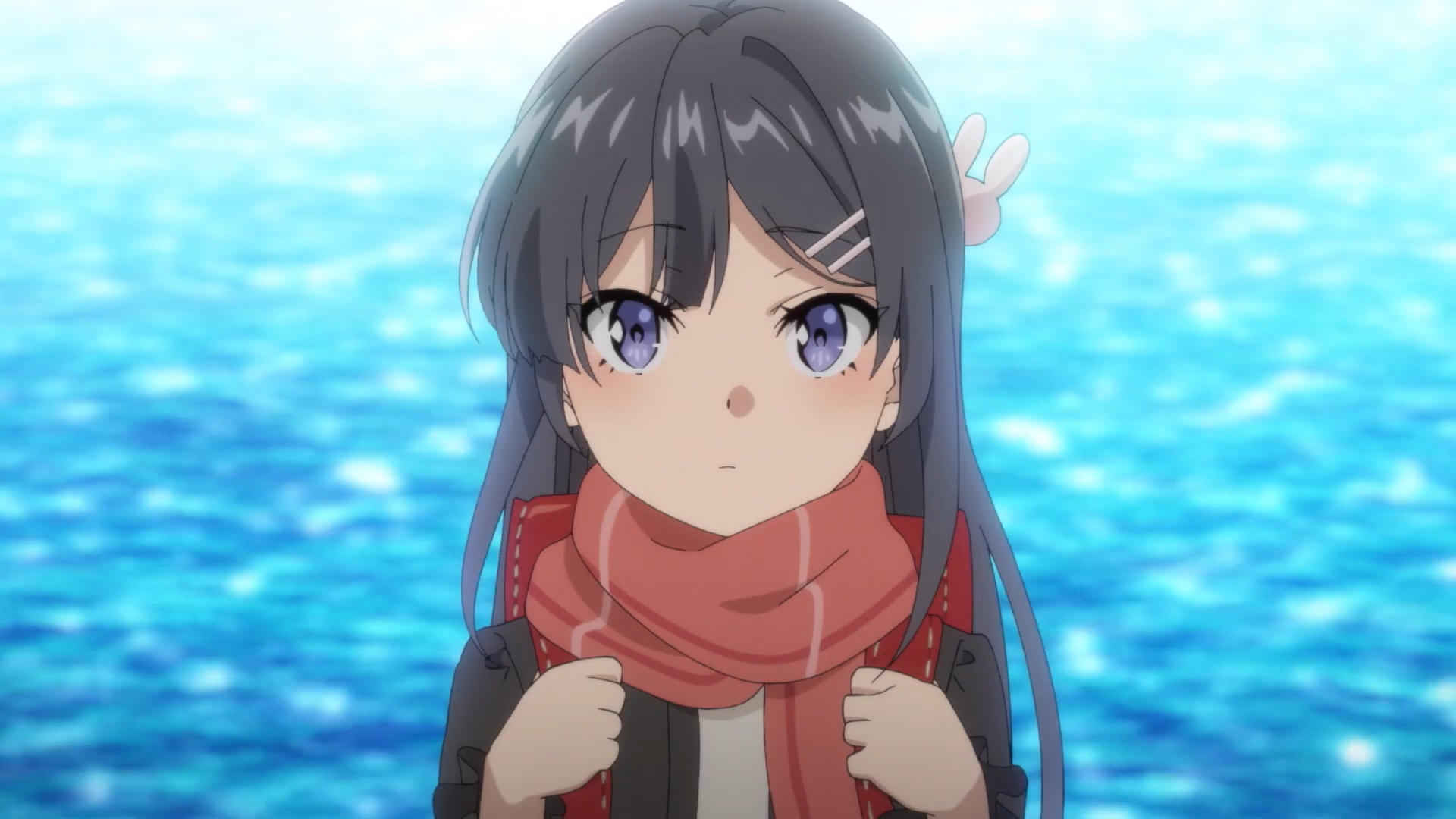“Rascal Does Not Dream of Bunny Girl Senpai” is a romance comedy manga adaptation anime series that covers the first five volumes of the novel. The anime series, also generally called the “Rascal Does Not Dream” series, became popular amongst the community, achieving an 8.23 rating on MyAnimeList. It garnered praise for its dry humor, cute banter and an interesting concept of depicting teenage drama through supernatural physical phenomena called Adolescence Syndrome, also known as Puberty Syndrome. While the show, by title alone, seemed to be another typical romance comedy/drama with the allure of girls in Bunny-Girl suits, “Rascal Does Not Dream of Bunny Girl Senpai” instead proved itself to be a deeply touching and emotional show that genuinely explored adolescent character drama in its most heart-wrenching moments. The series’ success is even more impressive considering how it fared well amongst other incredible anime series coming out at the time — shows such as “Love is War,” “SSSS Gridman” and “The Quintessential Quintuplets.”
On March 24 and 25 The “Rascal Does Not Dream” series released a double feature in American theaters: “Rascal Does Not Dream of a Sister Venturing Out” and “Rascal Does Not Dream of a Knapsack Kid.” Featuring the same main cast of characters in both films, “Rascal Does Not Dream of a Sister Venturing Out” focuses on the younger sister of the main character, Kaede Azusagawa (Yurika Kubo), as she regains her memories that were lost in the anime series and faces her past trauma from cyberbullying. “Rascal Does Not Dream of a Knapsack Kid” takes a deep look into Sakuta Azusagawa (Kaito Ishikawa) and his estranged relationship with his mother (Mami Kameoka).
Narratively, both films seem to depart from the conventional story structure that the anime series and its first movie, “Rascal Does Not Dream of a Dreaming Girl” (2019) takes. While the “Rascal Does Not Dream” plots usually follow Sakuta finding ways to solve someone’s Adolescent Syndrome as it flares into a grand supernatural problem, propelling an otherwise typical high school drama into a high-stakes conflict, the newer films have taken a more grounded and intimate take on the stories. In “Rascal Does Not Dream of a Sister Venturing Out,” Kaede’s motivation to study for the entrance exams to attend Sakuta’s school feels more like the main obstacle, rather than Adolescent Syndrome’s effect on her body which physically harms her whenever she is reminded of being bullied. On the other hand, “Rascal Does Not Dream of a Knapsack Kid” has Sakuta grappling with how he had unconsciously cut out his mom from his life and dealt with his own Adolescent Syndrome, rather than helping someone else.
“Rascal Does Not Dream of a Sister Venturing Out” departs from the conventional narrative and feels fresh, albeit rather slow. The fast pace seen in the anime series and first movie has been exchanged for a more lax pace that allows the audience to instead resonate with Kaede catching up with her studies and rebuilding relationships. Her story is also complicated by the loss of her memories, the “Kaede” that had been living in her place was depicted as a totally different personality that was lost as soon as the original Kaede had regained her memories. Sakuta and the original Kaede have to deal with the loss of “Kaede,” forcing the original Kaede to confront Sakuta’s feelings about the different versions of his younger sister. As the slow pace starts to reach this point of tension, the film can drive home one of the “Rascal Does Not Dream” series’ strengths which is the hilarious witty banter between Sakuta and other characters — a unique element of the series that made every conversation feel like a casual dialogue battle where each combatant tries to comedically one-up each other constantly.
“Rascal Does Not Dream of a Knapsack Kid,” then, feels more like the conventional fast-paced dramatic storyline compared to “Rascal Does Not Dream of a Sister Venturing Out.” As Sakuta tries to figure out the mystery behind how people are unable to see him, a younger version of his girlfriend appearing out of nowhere, a sudden teleportation into an alternate universe and his feelings towards his mother, somehow, this film seemed more rushed. It never truly feels like the stakes are high as Sakuta also seems in control of the situation and isn’t challenged at all. While this canonically makes sense because he has dealt with these issues many times, the story rushes to resolve the conflict set forth and there is no danger felt for anything. However, there are still a few highly emotional moments that may still leave you tearing up as Sakuta’s relationship with his family member has been hinted at throughout the series.
Verdict: Both films depart from the conventional “Rascal Does Not Dream” stories leaving both watching experiences feeling different. However, the emotional impetuses of the series still pay off and tug at your heartstrings.








